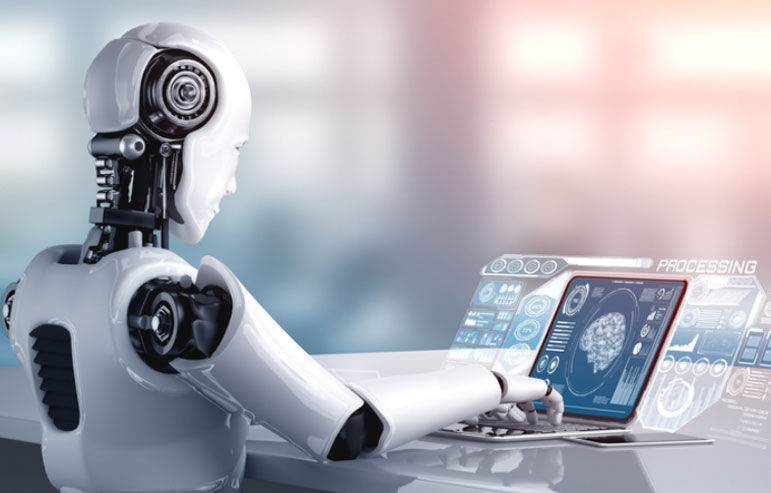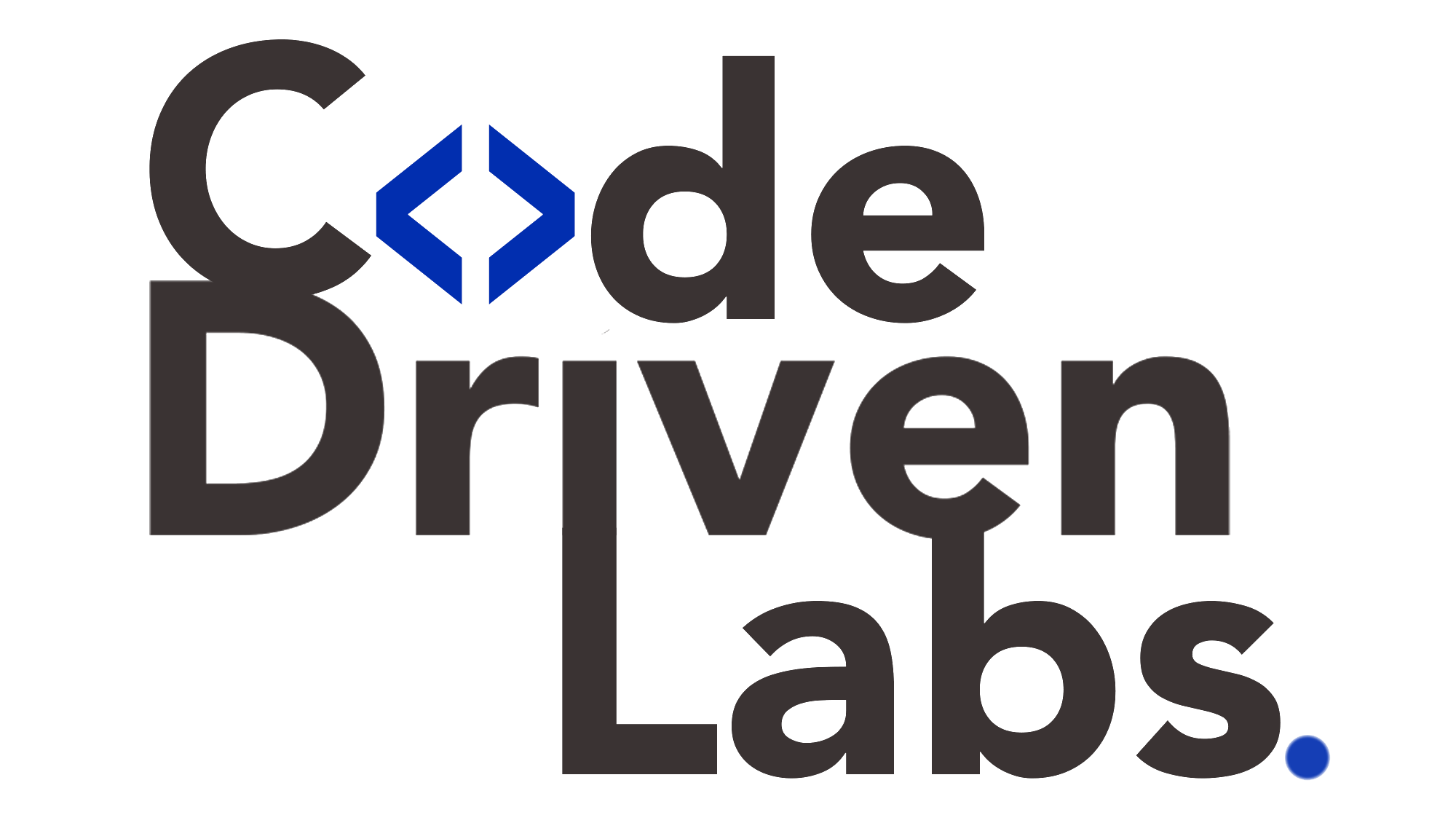Level up your business with US.
- Home
- The Role of MLOps in Streamlining AI Software Development and Deployment
The Role of MLOps in Streamlining AI Software Development and Deployment
August 5, 2025 - Blog
The Role of MLOps in Streamlining AI Software Development and Deployment
In the rapidly evolving world of artificial intelligence, building machine learning (ML) models is only part of the equation. The real challenge lies in deploying those models into production, monitoring them, retraining them when data shifts, and ensuring consistent performance over time. This is where MLOps (Machine Learning Operations) steps in—a discipline that combines machine learning, DevOps, and data engineering to operationalize AI solutions efficiently and reliably.
In 2025, MLOps is no longer a luxury; it is a necessity for organizations aiming to scale AI projects. This blog explores the key role MLOps plays in modern AI development, best practices, benefits, and how companies like Code Driven Labs empower businesses to implement MLOps effectively

What Is MLOps?
MLOps is the set of practices that standardizes and automates the end-to-end machine learning lifecycle—from development to deployment, monitoring, and governance. Just as DevOps revolutionized software delivery by fostering collaboration and automation between developers and IT operations, MLOps brings similar efficiencies to AI development teams.
Key Components of MLOps:
-
Model Training Pipelines: Automating data ingestion, preprocessing, model training, and evaluation.
-
Model Deployment Pipelines: Seamlessly pushing models into production environments with versioning.
-
Monitoring & Retraining: Tracking model performance, data drift, and initiating retraining as needed.
-
Collaboration & Reproducibility: Enabling data scientists, ML engineers, and DevOps teams to work together seamlessly.
Why MLOps Matters in 2025
As AI adoption accelerates, organizations face increasing pressure to move from experimental prototypes to scalable, production-grade ML systems. Traditional machine learning workflows break down when multiple models, datasets, and environments come into play. Here’s how MLOps resolves that:
1. Scalability
Without MLOps, managing hundreds of models across various business units becomes chaotic. MLOps provides standardized pipelines and automation, making it easier to scale AI initiatives across the enterprise.
2. Faster Time-to-Market
Automating model training, testing, and deployment drastically reduces the time it takes to move a model from development to production.
3. Improved Model Accuracy and Reliability
With automated retraining pipelines and continuous monitoring, MLOps ensures models are always updated and performing at optimal levels, avoiding prediction drift or stale insights.
4. Compliance and Governance
MLOps platforms offer version control, auditing, and traceability—critical features for industries like finance and healthcare, where compliance is non-negotiable.
Best Practices for Implementing MLOps
To successfully implement MLOps, organizations must adopt both cultural and technical practices. Here are some of the key best practices:
1. Use Modular Pipelines
Break down the ML workflow into reusable components like data preprocessing, model training, evaluation, and deployment. Tools like Kubeflow, MLflow, and TFX support this modular approach.
2. Track Experiments
Always track versions of datasets, code, models, and parameters to ensure reproducibility and traceability.
3. Embrace CI/CD for ML
Just like DevOps, ML teams should use Continuous Integration/Continuous Deployment (CI/CD) practices for code and model delivery.
4. Automate Model Monitoring
Set up alerting and logging for model performance, latency, and accuracy. Monitor for concept drift and data anomalies to trigger automatic retraining.
5. Collaboration & Documentation
Encourage cross-functional teams to collaborate, document processes, and use shared platforms for communication and transparency.
MLOps Tools Landscape in 2025
The MLOps ecosystem in 2025 is rich with tools. Some of the most widely adopted include:
-
Kubeflow: For building and deploying portable ML workflows on Kubernetes.
-
MLflow: For tracking experiments, managing models, and deploying with ease.
-
TensorFlow Extended (TFX): A Google-led ML pipeline framework.
-
DVC: Data versioning and reproducibility.
-
Seldon Core: Open-source deployment tool for machine learning models.
However, integrating these tools into a coherent workflow requires experience and strategy—this is where expert partners like Code Driven Labs step in.
How Code Driven Labs Helps You Master MLOps
Code Driven Labs is a trusted partner for businesses looking to scale their AI development using MLOps best practices. Whether you’re a startup experimenting with ML or an enterprise managing a fleet of models, Code Driven Labs helps streamline your AI development lifecycle.
1. Custom MLOps Pipeline Design
Code Driven Labs designs modular, cloud-native MLOps pipelines tailored to your data, infrastructure, and model types. Whether you work on AWS SageMaker, Azure ML, or on-premise Kubernetes clusters, they optimize the flow end-to-end.
2. End-to-End Automation
From automated model training and validation to CI/CD deployment pipelines, Code Driven Labs ensures your ML lifecycle is fully automated and monitored.
3. Tool Integration and Standardization
With expertise in tools like MLflow, Kubeflow, and DVC, the team integrates your preferred stack into a unified, manageable workflow—ensuring flexibility and future-readiness.
4. Monitoring and Governance Frameworks
Code Driven Labs sets up robust monitoring, alerting, and governance systems to keep your AI models compliant, auditable, and high-performing.
5. Cross-Team Enablement
They offer hands-on training and support to help data scientists, ML engineers, and DevOps professionals work collaboratively under a single MLOps framework.
6. Rapid Prototyping to Production
With their agile approach, Code Driven Labs helps you move from proof-of-concept to production-ready models faster—without compromising on scalability or reliability.
Real-World Impact of MLOps
Organizations that embrace MLOps experience measurable benefits:
-
70% reduction in deployment time
-
40% fewer model failures due to proactive monitoring
-
30% increase in model performance over time through automated retraining
-
Significant cost savings by reusing pipelines and reducing manual effort
By bridging the gap between experimentation and production, MLOps enables organizations to extract continuous value from their AI investments.
Final Thoughts
As AI becomes the backbone of digital transformation across industries, the need for efficient, secure, and scalable machine learning practices is more critical than ever. MLOps is the answer to managing complexity in AI workflows—ensuring models are not only accurate but also reliable, compliant, and continuously improving.
Companies like Code Driven Labs make it easier for organizations to adopt MLOps and succeed in their AI journey. With tailored pipelines, automation, governance, and cross-functional enablement, Code Driven Labs helps you build and deploy smarter AI systems—faster and better.
